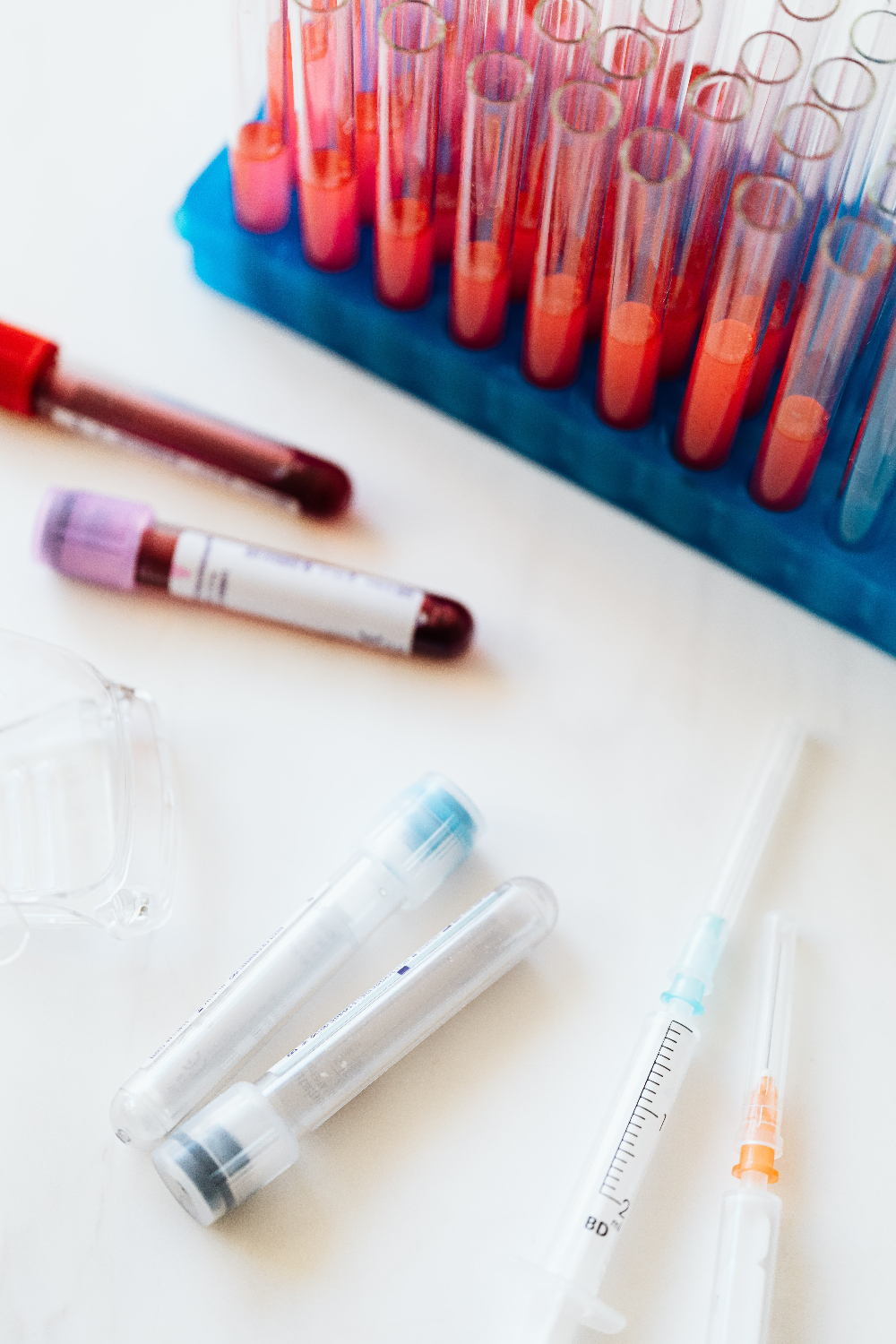The higher mortality rates from breast cancer among black women are a significant public health concern that demands attention and action.
Breast cancer is a significant health concern affecting women worldwide. While progress has been made in terms of early detection and treatment options, there exists a troubling disparity when it comes to breast cancer mortality rates among different racial and ethnic groups. In particular, black women face a higher risk of dying from breast cancer compared to women of other races.
Understanding the disparity in breast cancer mortality rates among black women
Breast cancer is the most common cancer among women globally, and its impact on communities cannot be underestimated. However, according to the Breast Cancer Research Foundation, black women experience higher mortality rates from breast cancer compared to women from other racial and ethnic backgrounds. This disparity is concerning and requires attention to ensure equitable healthcare outcomes for all women.
Factors contributing to higher breast cancer mortality rates in black women
Socioeconomic factors and healthcare disparities
Socioeconomic factors play a significant role in determining health outcomes. Black women often face disparities in access to quality healthcare, including limited financial resources, lack of health insurance, and inadequate healthcare facilities in their communities. These challenges contribute to delayed diagnosis, limited treatment options, and poorer prognosis for black women with breast cancer.
Lack of awareness and delayed diagnosis
Another factor contributing to the higher mortality rates among black women is a lack of awareness and knowledge about breast cancer. Limited education and cultural beliefs can lead to delayed detection, as black women may not prioritize regular screenings or recognize the early signs of breast cancer. By the time diagnosis occurs, the cancer may have progressed to advanced stages, making treatment more challenging.
Biological factors and tumor characteristics
Research suggests that biological factors and tumor characteristics also play a role in the higher breast cancer mortality rates among black women. Black women are more likely to be diagnosed with aggressive forms of breast cancer, such as triple-negative breast cancer, which tends to have a poorer prognosis. Additionally, genetic factors and hereditary breast cancer mutations can contribute to the increased risk and mortality rates.
Addressing socioeconomic factors and healthcare disparities
To reduce the disparity in breast cancer mortality rates among black women, it is crucial to address the socioeconomic factors and healthcare disparities they face.
Improving access to quality healthcare
Efforts should be made to ensure that black women have equal access to quality healthcare services. This includes increasing the availability of healthcare facilities in underserved communities, providing financial assistance programs, and expanding health insurance coverage. By removing barriers to healthcare access, black women can receive timely screenings, diagnosis, and appropriate treatment.
Promoting early detection and regular screenings
Raising awareness about the importance of early detection and regular screenings is essential. Community outreach programs can educate black women about breast cancer risks, symptoms, and the benefits of early diagnosis. Collaborations between healthcare providers, community organizations, and advocacy groups can facilitate targeted campaigns to promote screening programs and improve screening rates among black women.
Enhancing cultural competency in healthcare settings
Cultural competency training for healthcare professionals is crucial to ensure that black women receive appropriate care. By understanding the cultural beliefs, experiences, and unique challenges faced by black women, healthcare providers can deliver more effective and patient-centered care. Culturally sensitive approaches foster trust and encourage black women to seek timely medical attention, leading to improved health outcomes.
Raising awareness and improving education
To address the disparity in breast cancer mortality rates, it is essential to raise awareness and improve education specifically tailored to black women.
Community outreach programs
Engaging with communities is vital in promoting breast cancer awareness. Community outreach programs can organize events, workshops, and support groups to educate black women about breast cancer prevention, early detection, and available resources. By providing a supportive environment and fostering open conversations, these programs empower black women to take charge of their health.
Educational campaigns targeting black women
Tailored educational campaigns can be developed to reach black women through various channels, including social media, print media, and local community networks. These campaigns should provide accurate and culturally relevant information about breast cancer, dispel myths and misconceptions, and emphasize the importance of self-examination, regular screenings, and seeking timely medical care.
Encouraging self-advocacy and empowerment
Empowering black women to become advocates for their health is crucial. Encouraging self-advocacy involves equipping women with the knowledge and resources to navigate the healthcare system, ask questions, and make informed decisions about their breast health. By fostering empowerment, black women can play an active role in reducing breast cancer mortality rates within their communities.
Understanding biological factors and tumor characteristics
To comprehensively address the disparity in breast cancer mortality rates, it is essential to understand the biological factors and tumor characteristics that contribute to the higher risk among black women.
Genetic factors and hereditary breast cancer

Black women may have a higher prevalence of genetic mutations associated with hereditary breast cancer, such as BRCA1 and BRCA2. Genetic counseling and testing can help identify individuals at increased risk, enabling proactive measures such as enhanced surveillance and preventive interventions.
Triple-negative breast cancer and its impact
Triple-negative breast cancer (TNBC) is a subtype of breast cancer that is more prevalent among black women. TNBC is often more aggressive and difficult to treat compared to other types of breast cancer. Research efforts focused on understanding the molecular mechanisms of TNBC in black women can lead to targeted therapies and improved treatment outcomes.
Tailoring treatment approaches for diverse populations
Clinical trials and research studies should aim to include diverse populations, including black women, to ensure that treatment approaches are tailored to their specific needs. By understanding the unique characteristics of breast cancer in different racial and ethnic groups, healthcare providers can develop personalized treatment plans that optimize outcomes for black women.
The higher mortality rates from breast cancer among black women are a significant public health concern that demands attention and action. By addressing socioeconomic factors, improving access to quality healthcare, raising awareness, and understanding the biological factors specific to black women, it is possible to reduce the disparities and improve breast cancer outcomes. Through community engagement, education, and culturally sensitive approaches, we can empower black women to take charge of their breast health and enhance their overall well-being.


Join the conversation!